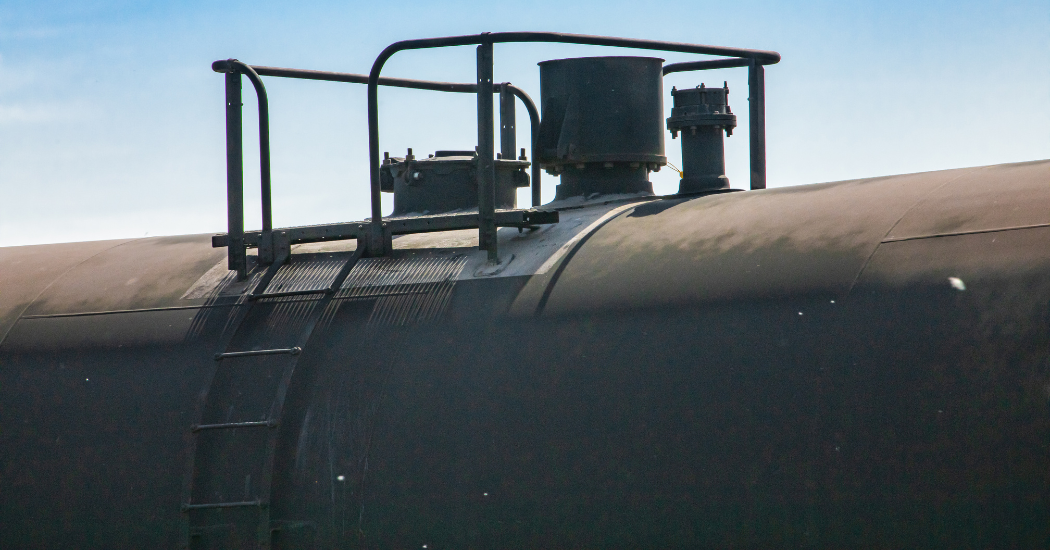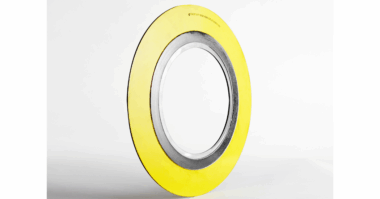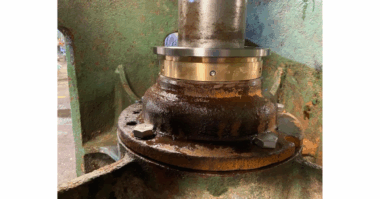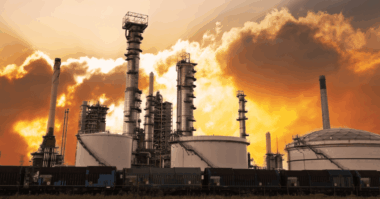Here are some effective ways to ensure safe and compliant railcar sealing.
Why It Matters
- Railcars transport essential materials over long distances, including chemicals, gases, and industrial products.
- Leaks and emissions can pose serious environmental and safety risks.
- The Federal Railroad Administration (FRA) regulates railcar safety and compliance to prevent non-accidental releases (NARs).
Step 1: Identify Non-Accidental Releases (NARs)
What are NARs?
NARs are unintentional leaks, spills, or emissions during transport, loading, or unloading. Causes of NARs include improper gasket installation, defective components, and venting of non-atmospheric gases. By mitigating the risk of NARs railcar operators can protect public safety and reduce costly product loss.
Step 2: Monitor Railcar Emissions
Environmental Responsibility
- Railcars may emit volatile organic compounds (VOCs) and greenhouse gases.
- While railcars are not regulated in the same way as stationary equipment, companies should voluntarily follow Leak Detection and Repair (LDAR) best practices.
Step 3: Secure Manway Sealing
Stop Leaks Before They Start
- Manways are the most common source of leaks in non-pressurized railcars.
These openings, used for filling and emptying, require a secure gasket to prevent leaks. - Unlike traditional flanges, manways use a hinged lid and gasket groove.
- Over time, leaks can develop due to corrosion, improper installation, or gasket wear.
Step 4: Choose the Right Gaskets for Railcars
What to Look For
- Railcar gaskets must:
- Withstand harsh conditions like vibration and environmental exposure.
- Be chemically compatible with transported materials.
- Provide excellent sealing even in suboptimal conditions.
- Offer good load retention and conformability.
- Some gaskets can be reused, but only if tested and verified.
Step 5: Follow Gasket Installation Best Practices
Pro Tips for a Perfect Seal
- Use industry standards like AAR Pamphlet 34 and ASME PCC-1 for proper installation.
- Compression matters:
- 🔴 Too little = leaks.
- 🔵 Too much = gasket damage.
- Inspect surfaces, bolts, and gaskets for damage before installation.
- Follow manufacturer torque specifications for optimal sealing.
Step 6: Address Additional Railcar Sealing Challenges
- Bolted Flanges: Use gaskets with good conformability to compensate for flange wear, general imperfections, and misalignment.
- Threaded Connections: Use highly resistant gaskets to withstand shearing stress.
Step 7: Maintain and Inspect Gaskets Regularly
Don’t Skip This Step!
- Perform routine inspections for wear, corrosion, and damage.
- Replace worn or damaged gaskets immediately.
- If reusing gaskets, ensure they are in good condition before reinstallation.
Final Thoughts: Prioritize Safety and Efficiency
- Proper gasket selection, installation, and maintenance ensure the safe transport of hazardous materials.
- By implementing the best practices, companies can reduce risks, protect workers, and maintain compliance with industry regulations.
- Investing in high-quality gaskets improves railcar reliability, minimizes product loss, and enhances operational efficiency.
Stay Ahead! These steps ensure your fleet is safe, efficient, and compliant.
Want to learn more? Follow the link to read the full article!




